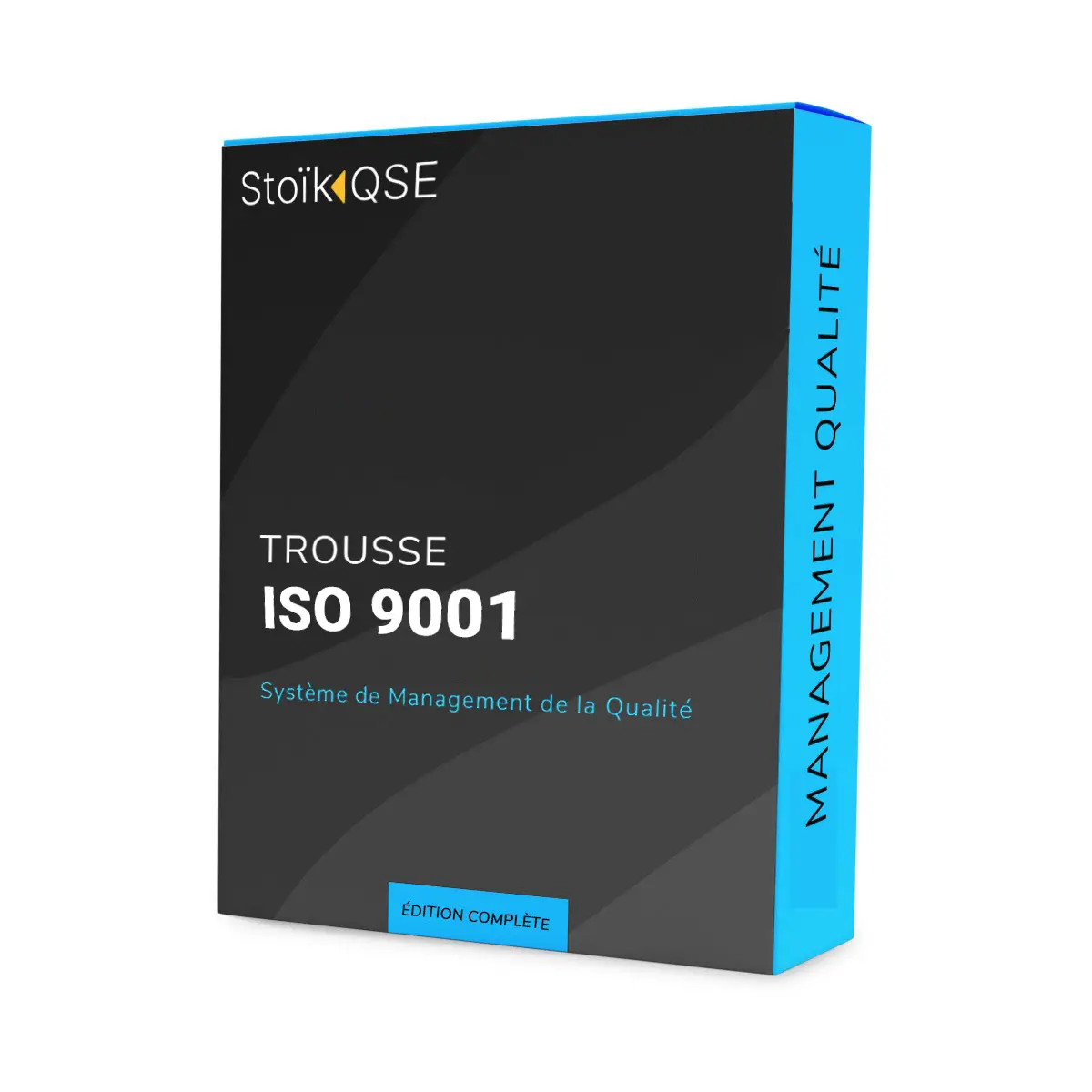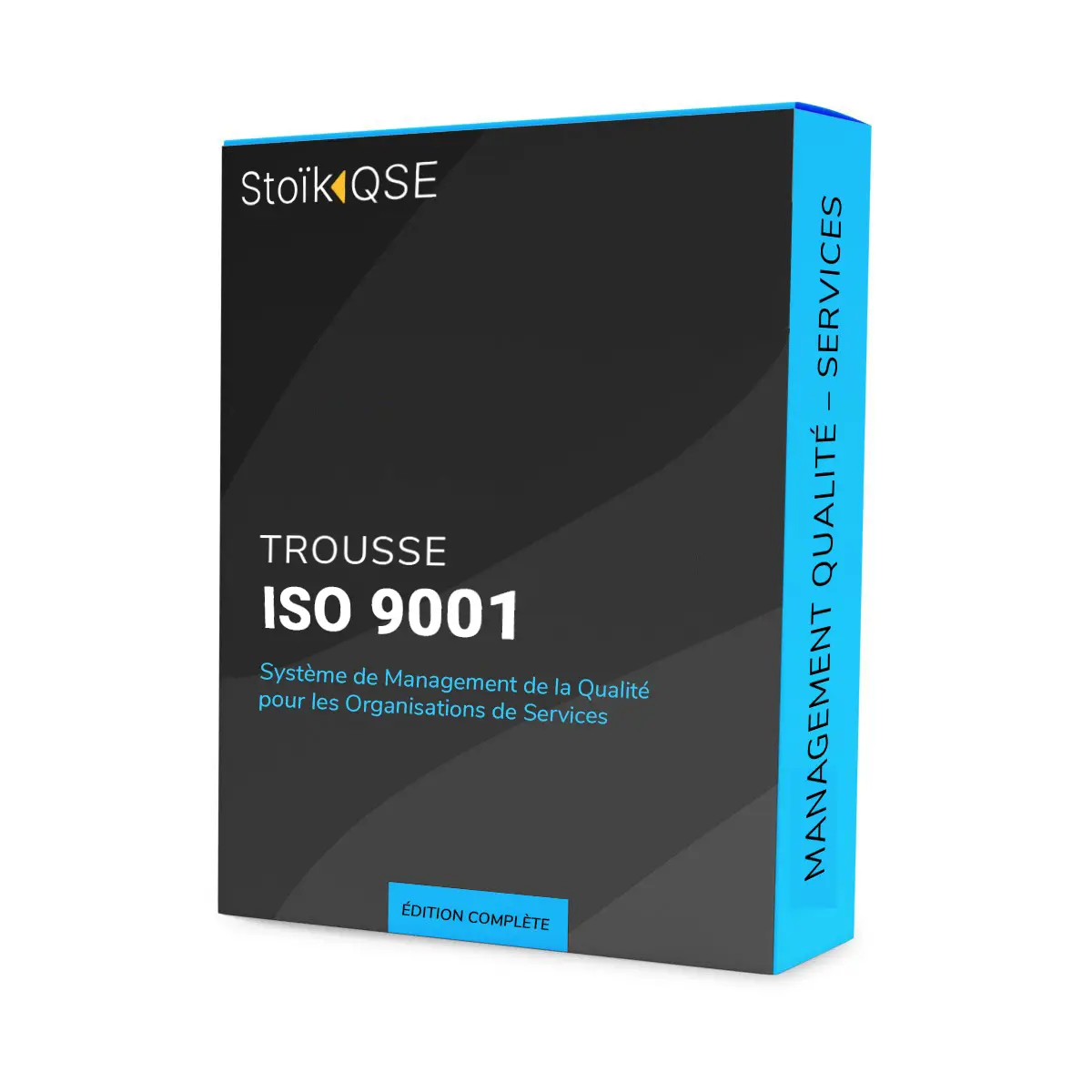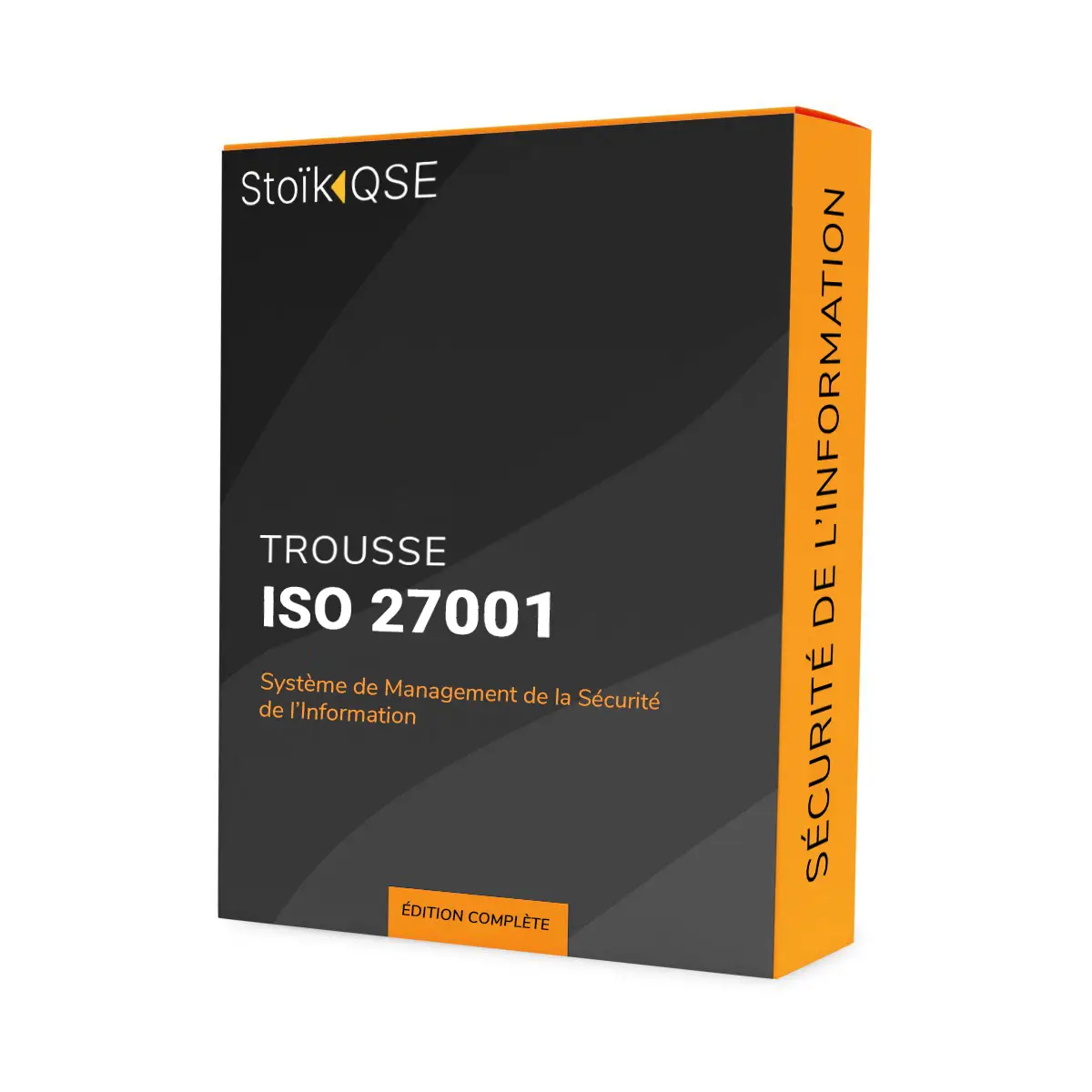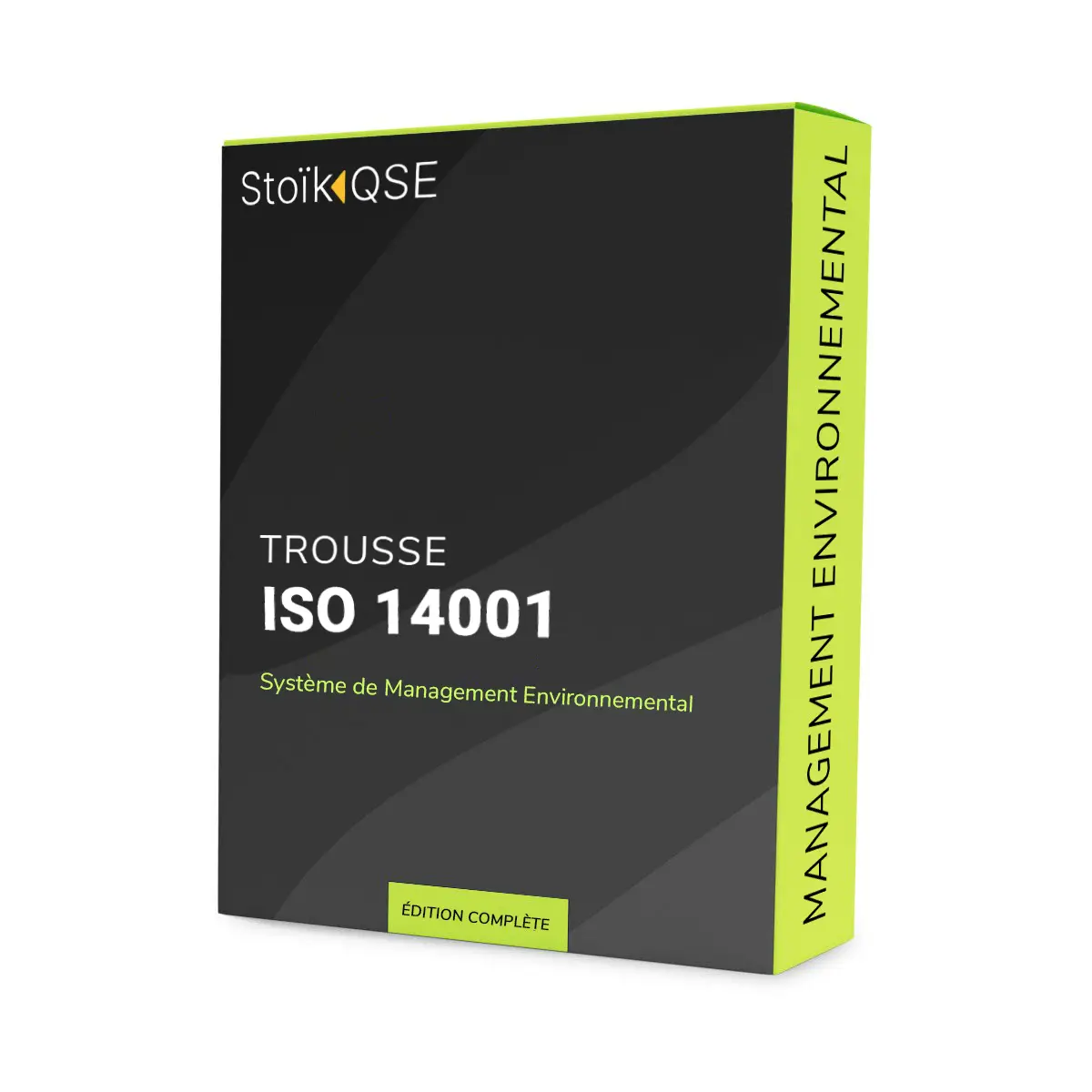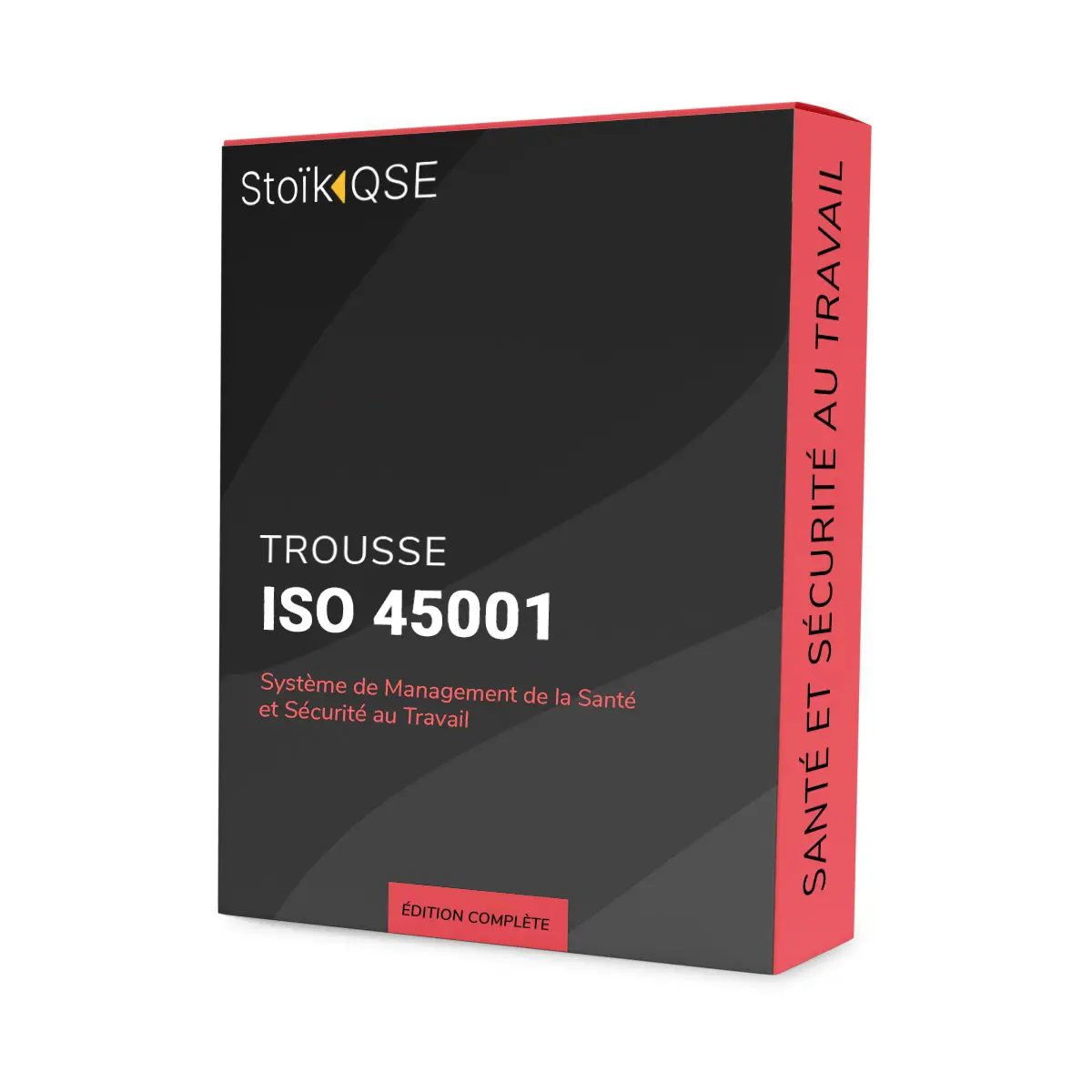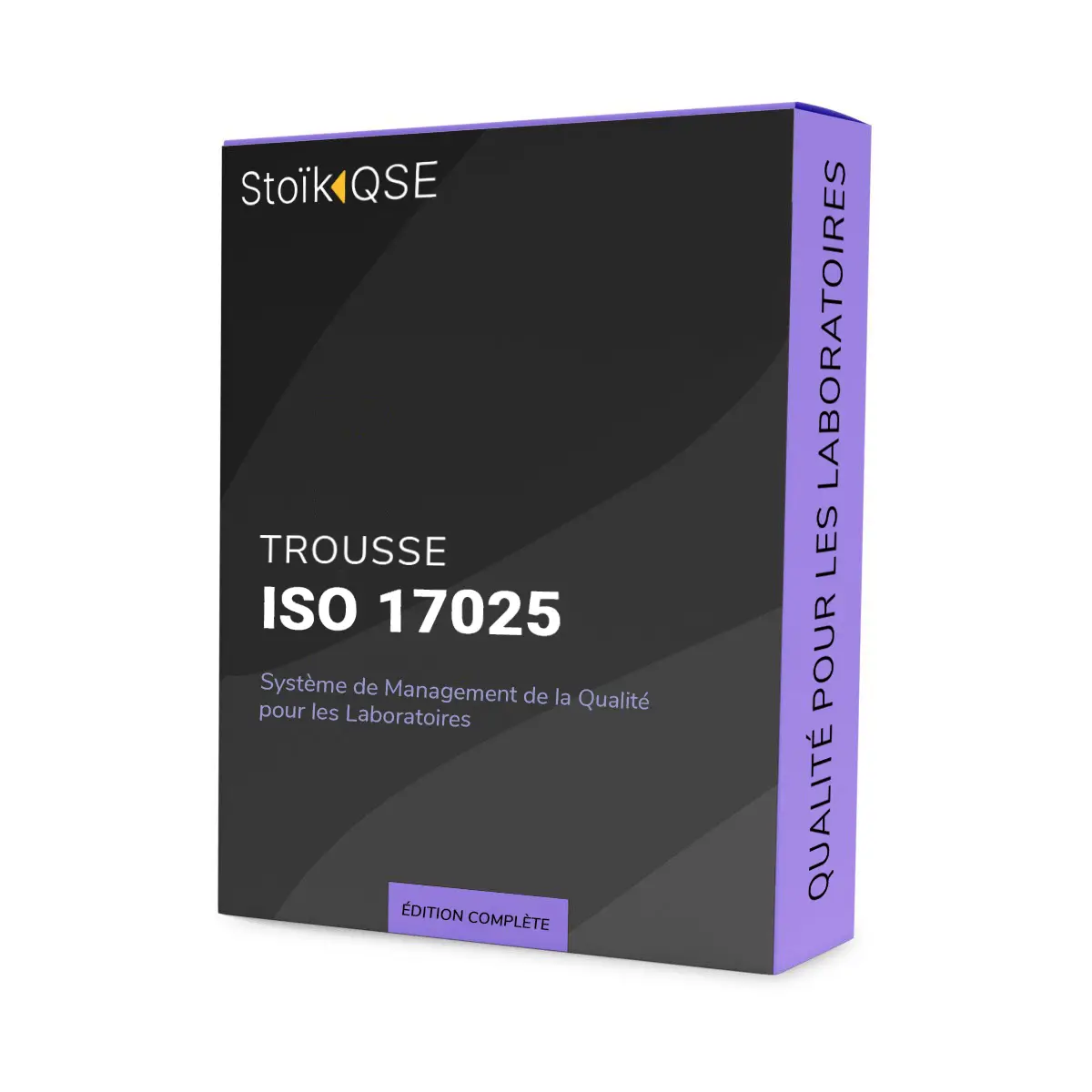What is ISO 9001?
A quality management system

ISO 9001 defines a framework for a quality management system (QMS). This helps companies to organize and improve their processes to guarantee customer satisfaction.
The key principles of ISO 9001
Continuous improvement
ISO 9001 encourages companies to constantly look for ways to improve their products, services and internal processes for greater efficiency and sustainable competitive advantage.
Customer focus
One of the key priorities of this standard is to understand and respond to customer needs, ensuring a positive and reliable customer experience.
Documentation and traceability
A quality system requires rigorous documentation of processes and procedures, ensuring traceability and conformity at every stage of the production or service cycle.
10 key steps to ISO 9001 implementation
1. Identify stakeholder needs and expectations
Understand the needs of customers, employees and stakeholders to lay the foundations of the quality system.
2. Map critical processes
Identify and understand processes to optimize them.
3. Assessing risks and opportunities
Analyze risks and opportunities to ensure process robustness.
4. Establish a quality policy and measurable objectives
Align policies with stakeholder expectations and expected results.
5. Select a certification body
Identify a certification body and start planning the external audit.
6. Update or create procedures
Standardize operations to improve efficiency.
7. Train employees
Ensure that employees master the new procedures and understand their role in the quality system.
8. Monitor and analyze performance
Evaluate performance indicators to identify areas for improvement.
9. Conduct an internal audit
Verify system compliance prior to external audit.
10. Conduct a management review
Validate results and guide strategic decisions.
What makes a quality management system an asset?
Increased sales
ISO 9001 certification opens the door to new markets and is often a decisive criterion for winning contracts.
Anticipating risks and opportunities
Proactive risk management prevents problems before they occur.
Improving employee performance
Clear roles and appropriate training boost team efficiency and motivation.
Reduce repetitive errors
Thanks to a structured approach, certified companies minimize waste and increase quality.
Greater corporate control
Continuous process evaluation facilitates informed decision-making and strengthens organizational resilience.
Further information
Would you like to implement ISO 9001 in your organization? Explore our resources to find out more:
